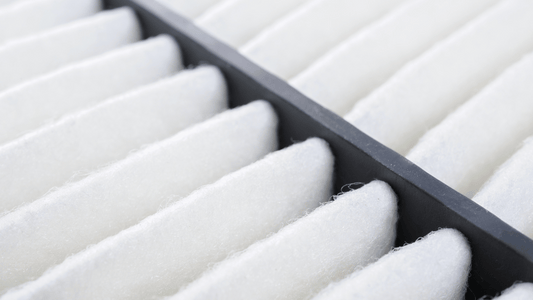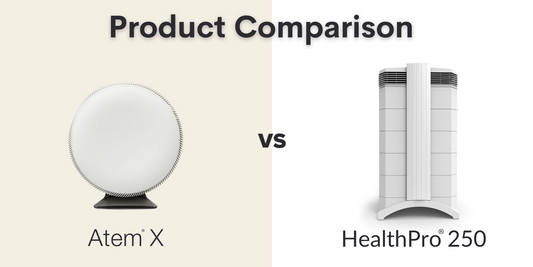Facial eczema is a common inflammatory condition of the skin on the face. Facial eczema can be especially distressing because it is so visible. Often it is the cheeks and forehead that are affected, or maybe the eyelids, but sometimes eczema affects the whole face. Other parts of the body, such as the flexures (folds) of the elbows and knees are often also affected. Typical symptoms of facial eczema include:
- Redness
- Itching
- Dryness
- Burning
- Stinging
Facial eczema tends to get worse, because the itching – which can be hard to control – damages the skin, inviting further irritation and inflammation.
There are several types of eczema which may affect the face – important to know, as it may affect the way the condition is managed. These include:
- Atopic eczema. Sometimes known as dermatitis, this is a common cause of facial eczema and it often affects babies, as well as older children and adults. Atopy is a tendency to allergy, which involves a strong immune response to a normally harmless substance, like house dust mite or mould. Other allergic conditions include asthma and hay fever. Often, those with atopy are affected by more than one allergic condition – facial eczema and hay fever, for instance. In atopic eczema, there is often a family history of atopy so it is likely that there is a strong genetic contribution.
- Seborrhoeic eczema. This form of eczema may affect the creases at the side of the nose, the eyebrows, eyelids, and scalp. It is caused by a yeast infection and is more common in the oily (seborrhoeic) areas of the body, such as the scalp. In infants, seborrhoeic eczema causes flaky scalp (sometimes known as ‘cradle cap’) and it sometimes paves the way for later atopic eczema.
- Irritant contact eczema. An irritant is different from an allergen because it causes a more non-specific reaction. Commonly, exposure to soap or detergents causes this form of facial eczema.
- Allergic contact eczema. The immune system can respond to exposure to a specific allergen, often causing eczema on the face. Often there will be the previous sensitisation to the allergen and subsequent exposure will lead to an allergic reaction. Cosmetics, perfume, hair dye and nickel (in jewellery) will often produce symptoms of eczema on the face.
Eczema on the face, whatever the cause, is certainly treatable. Patch sensitivity tests may be needed to find out what substances need to be avoided.
If you have eczema on the face, it is really important to use a moisturising eczema cream (or an ointment) to keep the skin from drying out which will help stop eczema from taking hold. Use these creams instead of soap and water to cleanse the skin and use regularly throughout the day to keep the skin moist.
Since inflammation is the hallmark of facial eczema (and eczema on other parts of the body), active treatment consists of an anti-inflammatory drug, which is usually a steroid. Mild steroid creams, such as those containing hydrocortisone, are available over the counter. Medium and potent, steroid creams need to be taken under the supervision of a dermatologist if they are to be used on the face. There are also topical immunosuppressants which can be used but these are expensive and generally regarded as a second-line treatment for facial eczema. If seborrhoeic eczema is the problem, then an anti-yeast medication, with or without steroids may be the solution.



